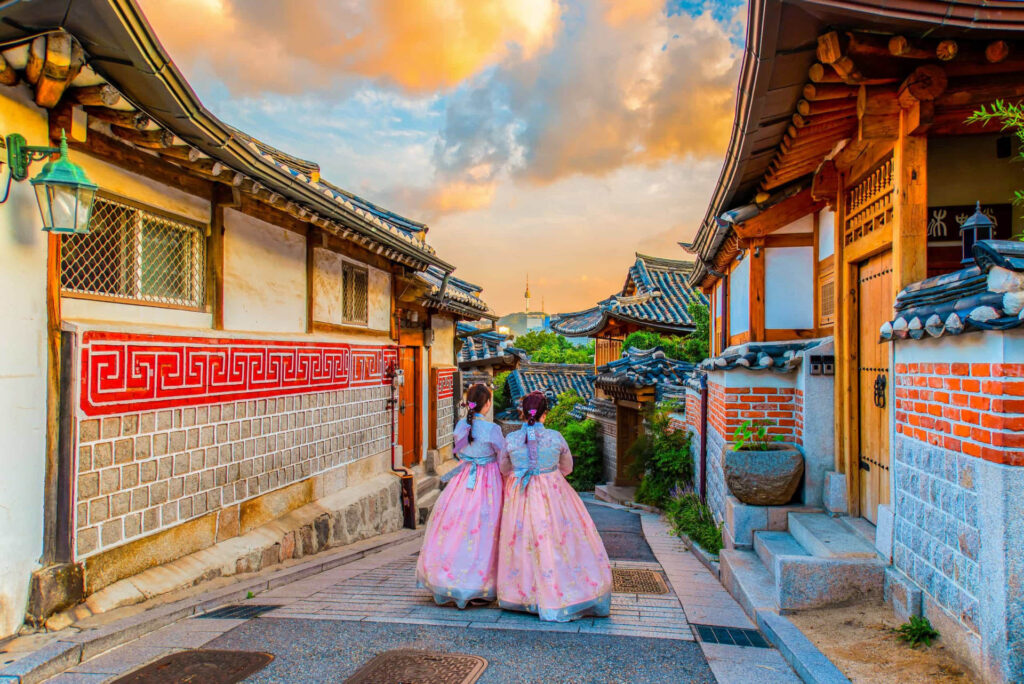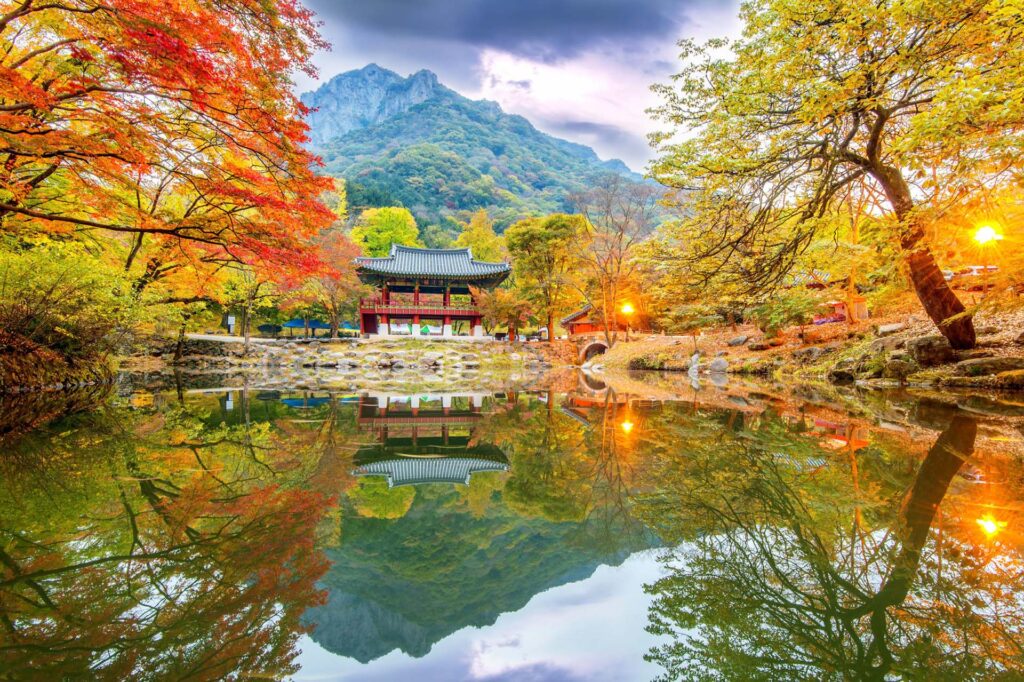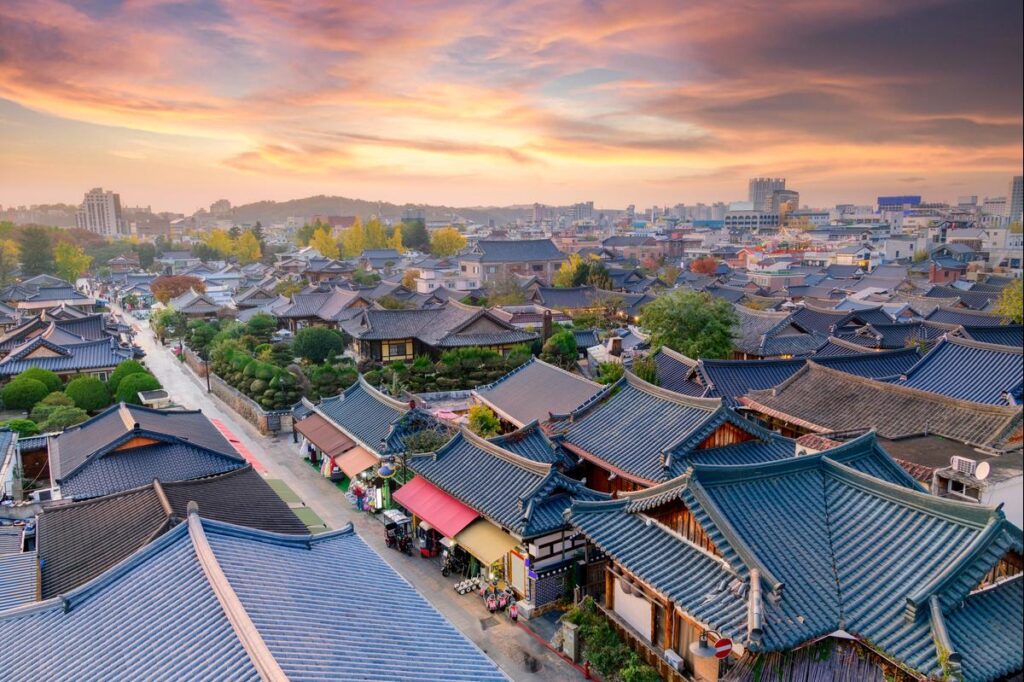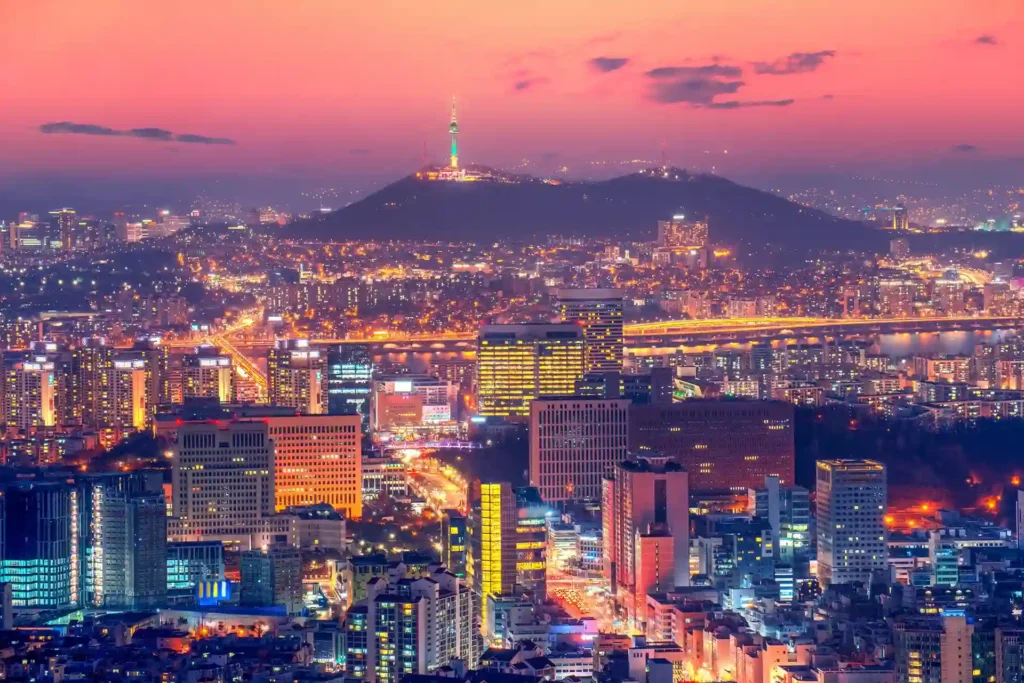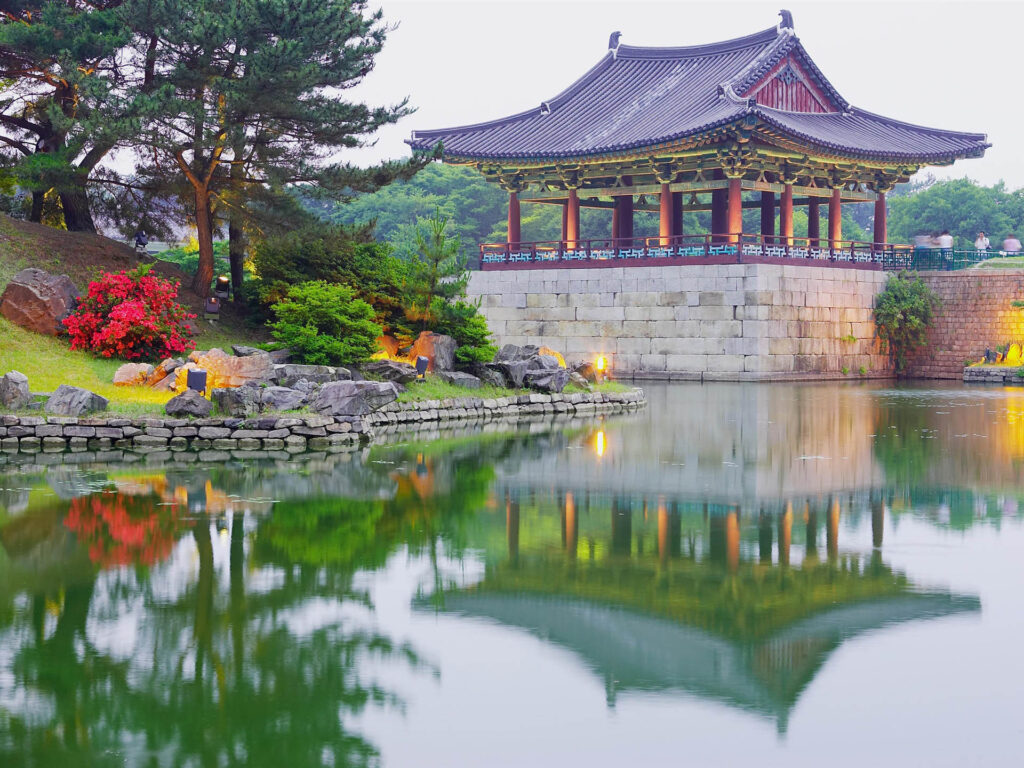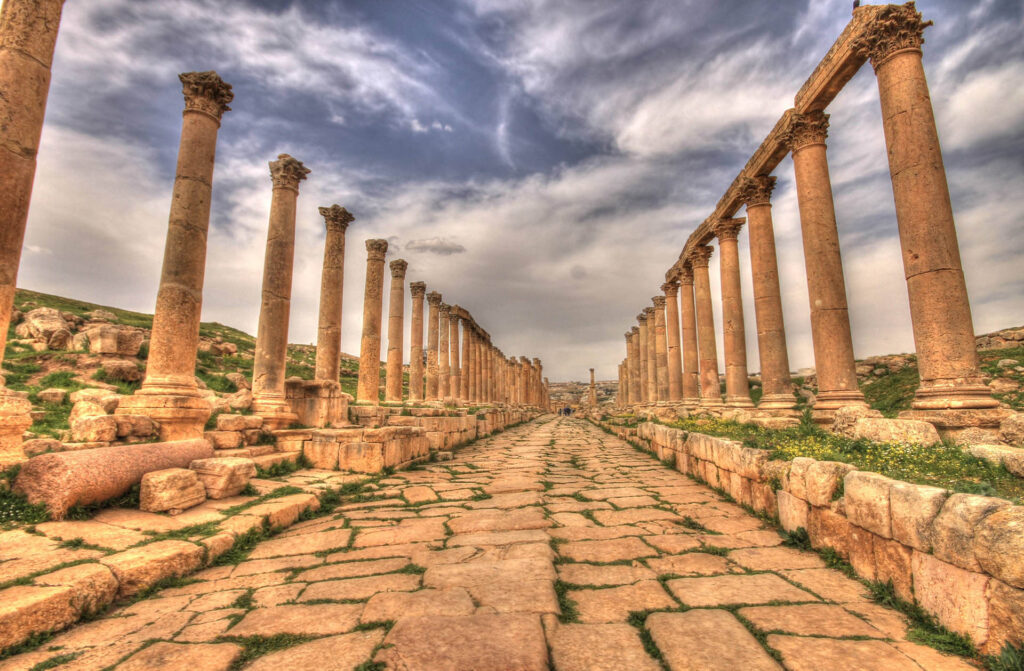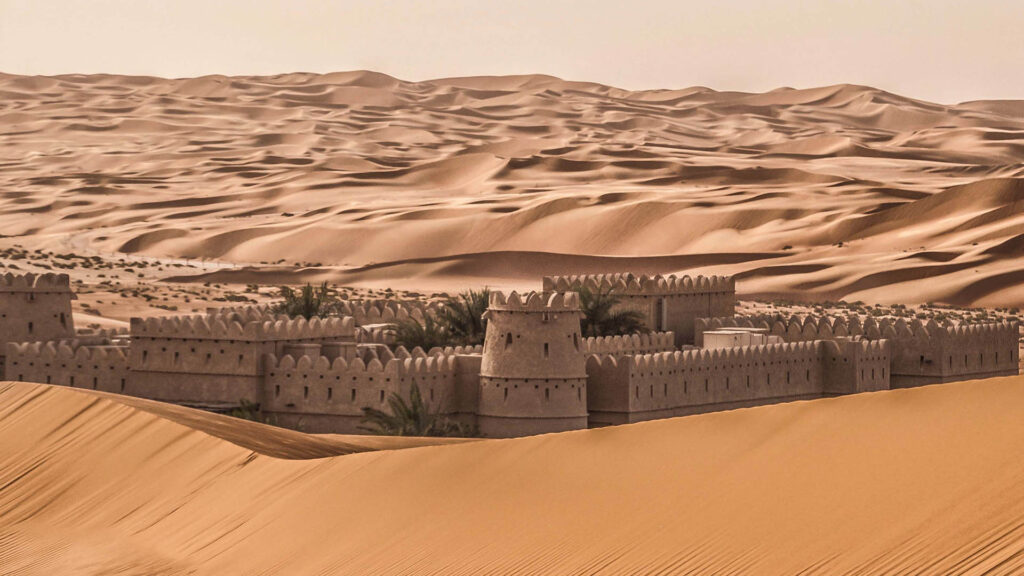introducing potala place
Perched high upon the crimson hills of Lhasa, the Potala Palace stands as an awe-inspiring testament to the rich cultural heritage of Tibet. This architectural marvel, with its towering walls of stone and intricate Buddhist symbolism, has captivated the hearts and minds of travelers from around the globe for centuries. Join us as we delve into the fascinating history and spiritual significance of this iconic landmark, a true jewel atop the “Roof of the World.”

The Potala Palace: A Sacred Jewel Atop the Roof of the World
A Brief History of the Potala Palace
The Origins of a Sacred Site
The origins of the Potala Palace can be traced back to the 7th century CE, when King Songtsen Gampo, the 33rd ruler of the Tibetan Empire, built a modest palace on the Red Hill of Lhasa. Legend has it that this location was chosen after the king had a vision of his spiritual guide, the Bodhisattva Chenresig (Avalokiteshvara), taking the form of a Buddha radiating thousands of rays of light. This vision was interpreted as a sign that the site was blessed, and thus, the foundations of the Potala Palace were laid.
The Rise of a Spiritual and Administrative Center
Over the centuries, the Potala Palace underwent numerous expansions and renovations, transforming it into a vast complex that served as both a spiritual and administrative center for Tibet. In the 17th century, the 5th Dalai Lama, Ngawang Lobsang Gyatso, embarked on a monumental construction project, adding the iconic White Palace to the existing Red Palace. This White Palace became the primary residence of the Dalai Lamas, housing their living quarters, meditation rooms, and the famous Stupa Tombs, where the remains of former Dalai Lamas were laid to rest.
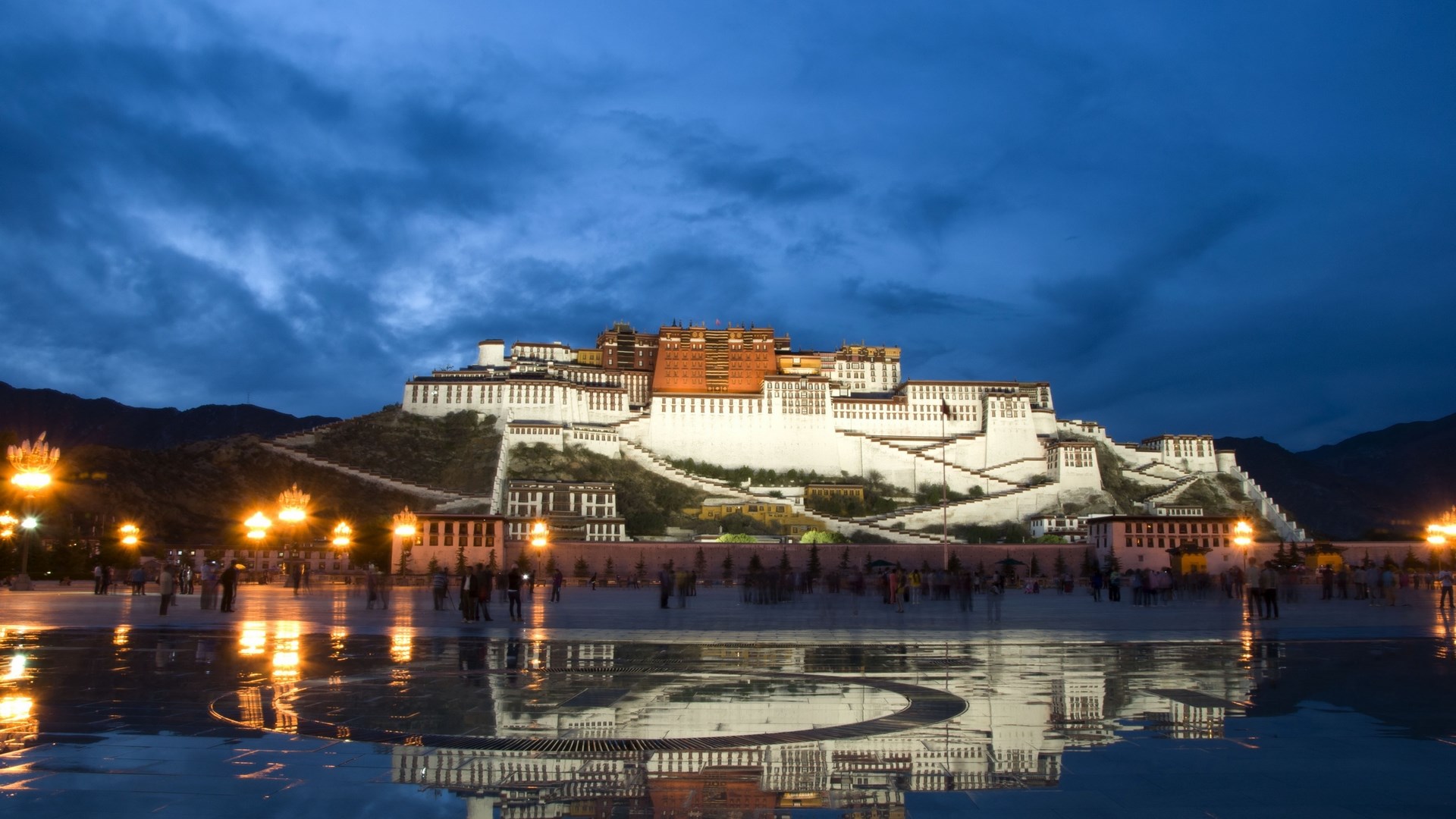
The Potala Palace: A Sacred Jewel Atop the Roof of the World
Architectural Marvels and Spiritual Symbolism
A Masterpiece of Tibetan Architecture
The Potala Palace is a true architectural masterpiece, showcasing the finest examples of Tibetan construction techniques and design principles. Towering 13 stories high and spanning an area of over 130,000 square meters, the palace is a feat of engineering that defies the laws of gravity. Its massive walls, some reaching a thickness of over three meters, are built from a combination of stone, wood, and earth, providing both strength and insulation against the harsh Tibetan climate.
Sacred Spaces and Spiritual Symbolism
Beyond its sheer size and grandeur, the Potala Palace is also a repository of sacred spaces and spiritual symbolism. Each room, corridor, and courtyard is adorned with intricate murals, statues, and thangkas (Tibetan Buddhist paintings) depicting various deities, mandalas, and scenes from Buddhist cosmology. The palace’s layout and design are deeply rooted in Buddhist principles, with the central axis representing the path to enlightenment and the numerous chapels and shrines serving as sanctuaries for meditation and prayer.
Exploring the Potala Palace: A Journey Through Time and Tradition
The Red Palace: Echoes of Secular Power
Visitors to the Potala Palace typically begin their exploration at the Red Palace, the original structure built by King Songtsen Gampo. This section of the palace was primarily used for administrative and secular purposes, housing the offices of the Tibetan government and the living quarters of the nobility. As you wander through the labyrinth of courtyards, halls, and chambers, you’ll be struck by the grandeur of the architecture and the intricate woodcarvings and frescoes that adorn the walls.
The White Palace: Spiritual Sanctuary of the Dalai Lamas
Ascending to the White Palace, visitors are immediately transported into a realm of spiritual serenity. This section of the palace was the primary residence of the Dalai Lamas and is renowned for its stunning chapels, shrines, and tombs. The highlight of the White Palace is undoubtedly the Stupa Tombs, where the remains of past Dalai Lamas are enshrined in elaborately decorated stupas, each representing a unique blend of Tibetan art and architecture.
The Jewel Park and Other Hidden Gems
Beyond the Red and White Palaces, the Potala Palace complex also houses a number of lesser-known but equally captivating sites. The Jewel Park, for instance, is a tranquil garden adorned with intricate rock carvings and sculptures, offering visitors a peaceful respite from the hustle and bustle of the palace. Other hidden gems include the Lukhang Temple, known for its exquisite murals depicting the life of the Buddha, and the Drepung Monastery, a historic center of Buddhist learning and scholarship.
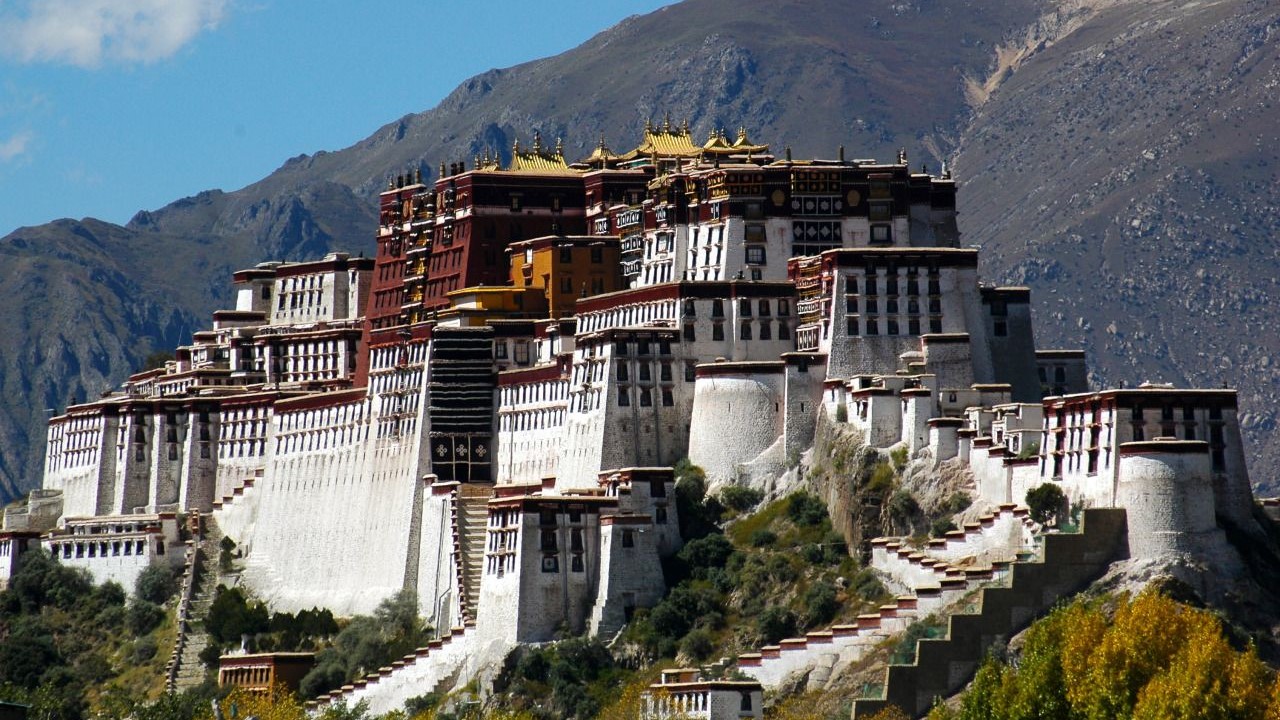
The Potala Palace: A Sacred Jewel Atop the Roof of the World
The Potala Palace: A Symbol of Resilience and Cultural Preservation
Challenges and Preservation Efforts
Despite its grandeur and historical significance, the Potala Palace has faced numerous challenges over the years. From natural disasters to political upheavals, the palace has endured its fair share of hardships. However, through the dedicated efforts of conservation organizations and the local Tibetan community, the Potala Palace has been meticulously preserved and restored, ensuring that this cultural treasure remains intact for future generations.
A Beacon of Tibetan Identity and Culture
Beyond its architectural and spiritual significance, the Potala Palace has become a powerful symbol of Tibetan identity and cultural resilience. In the face of political turmoil and cultural assimilation, the palace stands as a testament to the enduring spirit of the Tibetan people and their unwavering commitment to preserving their unique heritage. It serves as a beacon of hope, reminding the world of the richness and diversity of Tibetan culture and the importance of safeguarding it for generations to come.
Visiting the Potala Palace: A Transformative Experience
Practical Tips for Visitors
If you find yourself in the enchanting city of Lhasa, a visit to the Potala Palace is an absolute must. To make the most of your experience, it’s recommended to plan your visit well in advance, as the palace receives a large influx of visitors throughout the year. Secure your entry tickets online or through a reputable local tour operator, and be prepared for a moderate hike to reach the palace entrance, as it sits atop a steep hill.
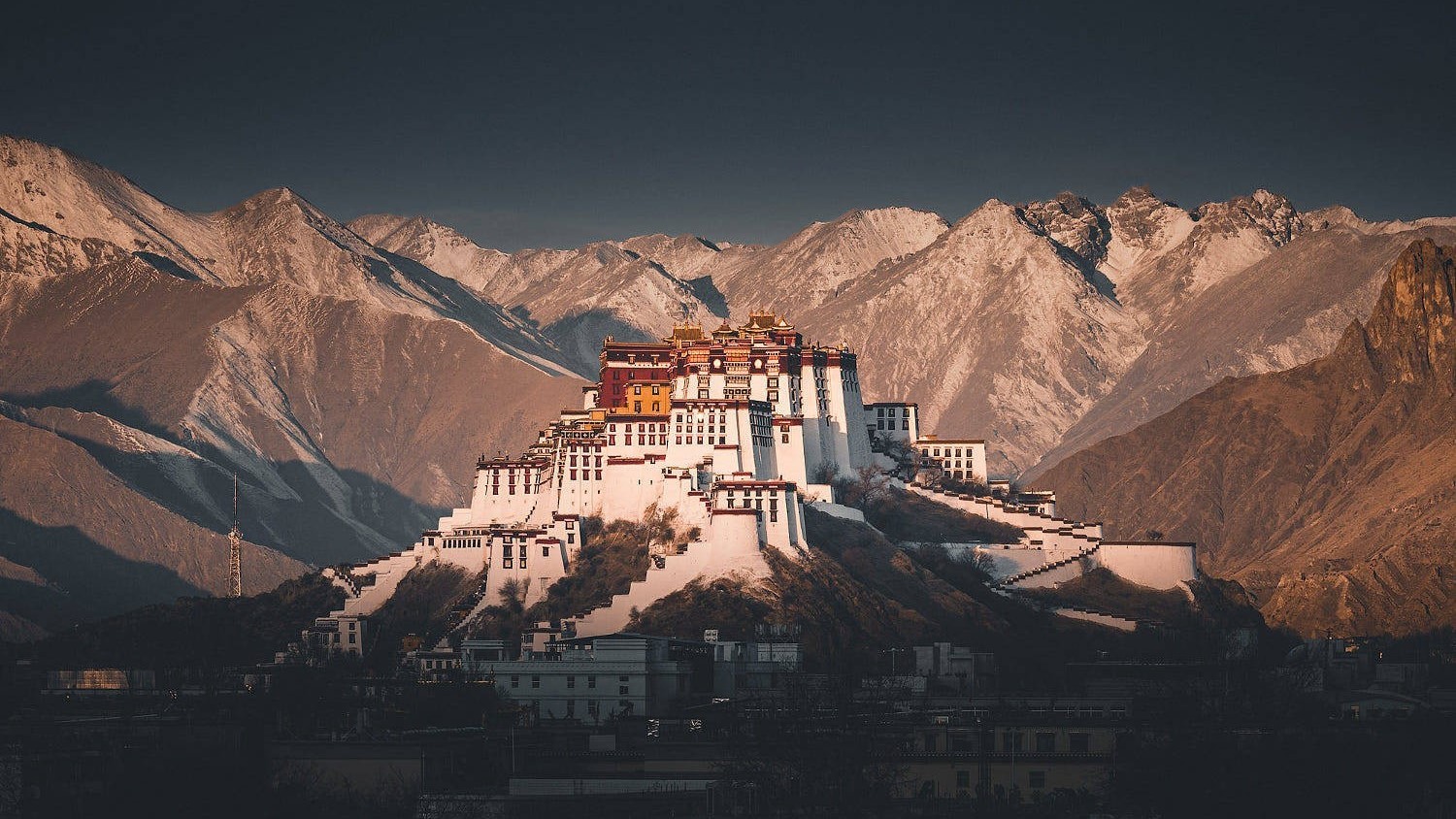
The Potala Palace: A Sacred Jewel Atop the Roof of the World
Immersing Yourself in the Spirit of the Potala
As you embark on your journey through the Potala Palace, take your time to fully immerse yourself in the spiritual ambiance and architectural grandeur that surrounds you. Engage with the knowledgeable guides, who can provide valuable insights into the history, symbolism, and significance of each room and artifact. And remember, the Potala Palace is more than just a tourist attraction – it is a sacred site that demands reverence and respect from all who visit.
Conclusion
The Potala Palace is a true marvel, a testament to the ingenuity, craftsmanship, and spiritual depth of the Tibetan people. As you stand in awe before its towering walls and intricate architectural details, you can’t help but feel a sense of reverence and connection to something greater than yourself. Whether you’re a history buff, an architecture enthusiast, or a spiritual seeker, the Potala Palace is sure to leave an indelible mark on your soul, a reminder of the enduring power of human creativity and the resilience of the human spirit.

